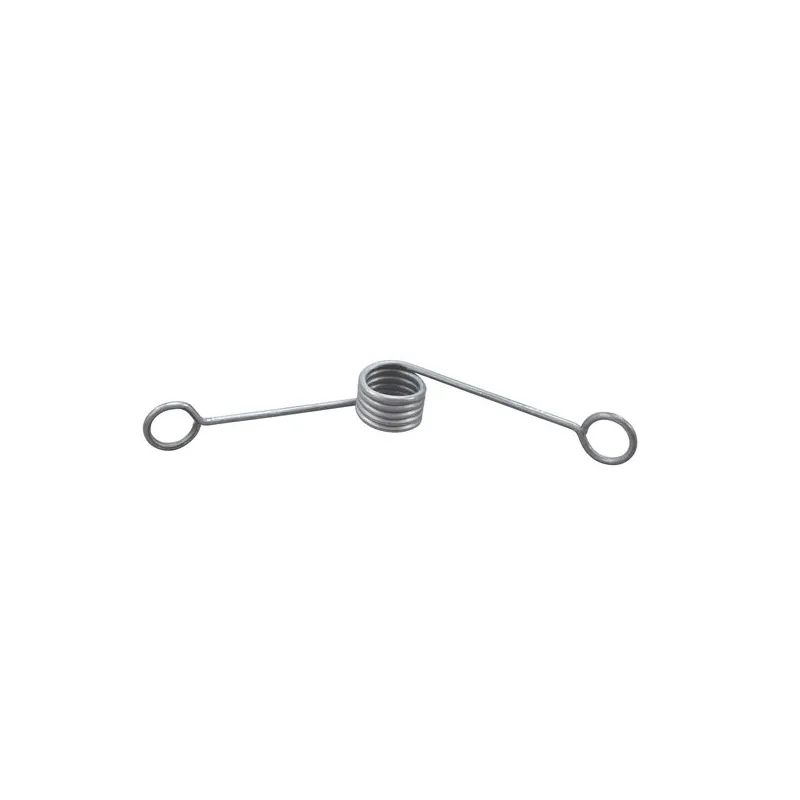
- Mobile Phone
- +8613931874955
- sales@cntcmetal.com
external plaster corner
Understanding External Plaster Corners Their Importance and Techniques
External plaster corners are crucial elements in the finishing of buildings, playing both functional and aesthetic roles. These corners not only provide structural stability but also enhance the overall appearance of the property. In this article, we will delve into the importance of external plaster corners, the methods of application, and tips to ensure a high-quality finish.
The Importance of External Plaster Corners
External plastering serves to protect the underlying structure from the elements, such as rain, wind, and temperature fluctuations. Corners are particularly vulnerable to damage because they are often the first point of impact from weather conditions and physical wear. Properly plastered corners help to maintain the integrity of the building by preventing moisture penetration, which can lead to mold, structural damage, and a host of other issues.
Furthermore, well-crafted external plaster corners contribute to the aesthetic appeal of a building. They provide clean lines and transitions between walls, creating a seamless look that can enhance the overall architectural design. This attention to detail can significantly increase the market value of a property, making it more attractive to potential buyers.
Techniques for Applying External Plaster Corners
When applying external plaster to corners, there are several techniques that professionals often use to achieve the best results
1. Preparation Before plastering, ensure that the surface is clean and free from debris. Moisture levels should be checked, as excessively damp surfaces can hinder the adhesion of plaster. Repair any cracks or imperfections in the wall prior to starting the plastering process.
2. Use of Corner Beads For sharper and more defined corners, metal corner beads or plastic corner trims are often utilized. These materials provide a sturdy frame for the plaster, ensuring that the corner is not only straight but also protected from chipping or cracking.
external plaster corner

3. Application Process The plaster mixture should be applied evenly using a trowel, starting from the top and working downward. It’s important to press the plaster firmly against the corner beads to achieve a strong bond. A float can be used to smooth the surface and create a uniform finish.
4. Finishing Touches Once the plaster has set, it can be sanded down for a smooth finish. A final coat of paint or sealant can then be applied, providing additional protection from the elements while enhancing the visual appeal.
Tips for a High-Quality Finish
To ensure a quality finish on external plaster corners, consider the following tips
- Climate Considerations Be mindful of the weather conditions when plastering. Avoid working in extremely hot, cold, or windy conditions, as these may affect the curing process.
- Layering Techniques It’s often beneficial to apply plaster in layers, allowing each layer to dry before adding the next. This helps to prevent cracking and allows for better control of the thickness of the plaster.
- Professional Help If you are not experienced in plastering, it can be advantageous to hire a professional. Their expertise can help to ensure that the work is done correctly and efficiently.
In summary, external plaster corners play a vital role in both the durability and aesthetics of a building. By understanding their importance and following proper application techniques, homeowners and builders can achieve beautiful, lasting results.
share:
-
Yard Sign Stakes: Reliable Guardians of Outdoor SignsNewsAug.04,2025
-
Wall Ties: Invisible Guardians of Building StabilityNewsAug.04,2025
-
Resilient Web: The Super Guardian Power of Concrete MeshNewsAug.04,2025
-
Masonry Accessories: A versatile assistant on building foundationsNewsAug.04,2025
-
Iron Binding Wire: the 'invisible reinforcement specialist' in the fields of architecture and industryNewsAug.04,2025
-
Dynamic Spring: The diverse functions and excellent performance of Wire Tension SpringNewsAug.04,2025
-
Your Source for Concrete Wall Ties and Masonry AccessoriesNewsJul.10,2025



















